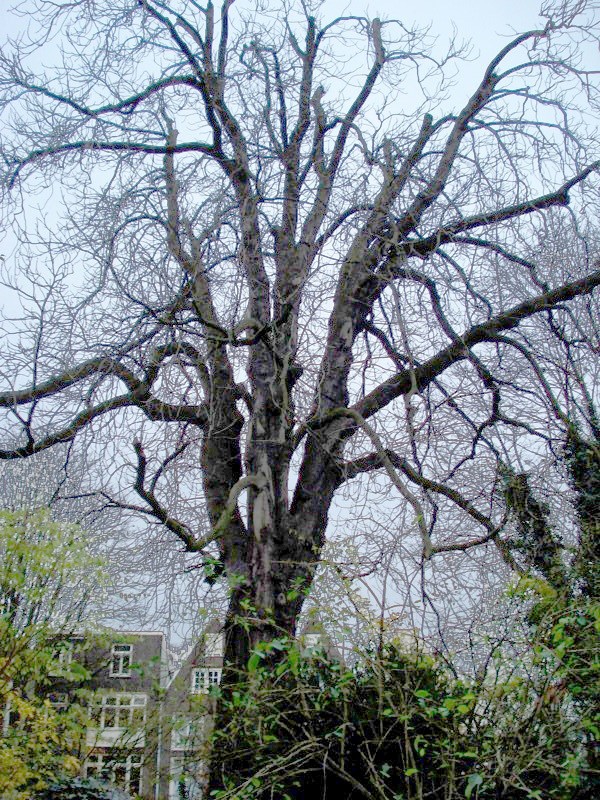This special tree is a descendant of the famous chestnut tree that once stood in the garden behind the Secret Annex on the Prinsengracht in Amsterdam, where Anne Frank hid with her father, mother, and older sister Margot from July 1942 to August 1944. Anne had a clear view of the large chestnut tree from the attic window.
She wrote about it three times in her now world-famous diary, most recently on 13 May 1944:
"Our chestnut tree is in full bloom from top to bottom, it is heavily laden with leaves and much more beautiful than last year."
In August 2010, the original tree was felled during a storm. Fortunately, volunteers had already collected its chestnuts, which have since grown into saplings now standing between one and five metres tall. The white chestnut tree was a symbol of hope for Anne Frank. The tree planted in Aalten stands as a symbol of connection and peaceful coexistence – regardless of race, orientation, or religion – and invites reflection on the meaning of peace and freedom, both then and now.
The Anne Frank Freedom Tree is an initiative of the National Hideout Museum, realised as part of Gelderland Remembers – 2020 Celebrating Freedom Together.
